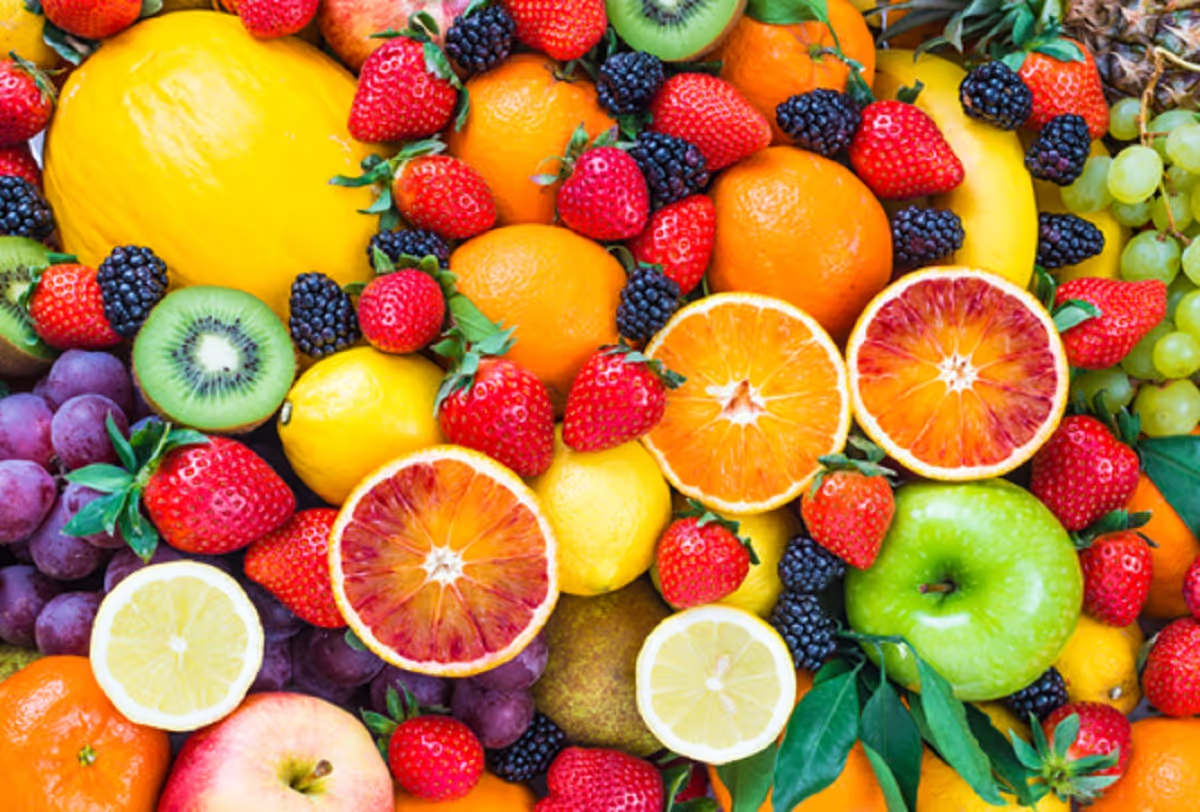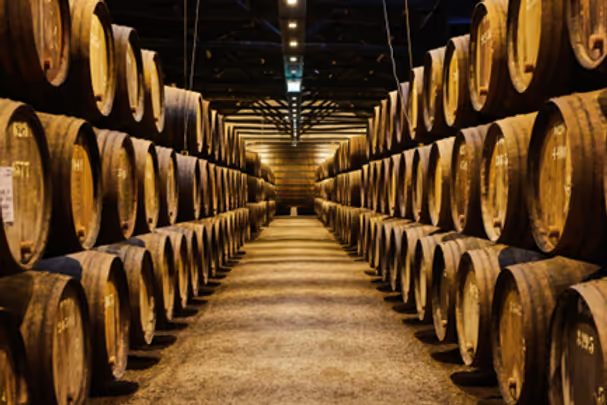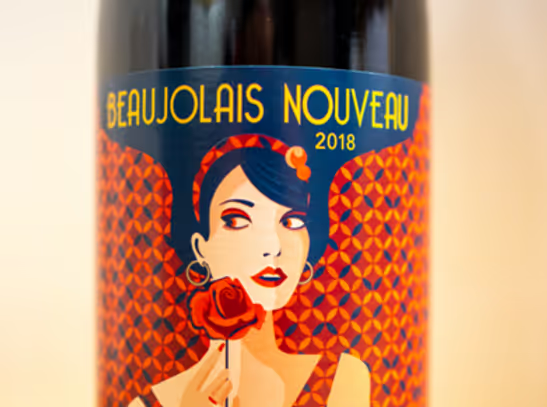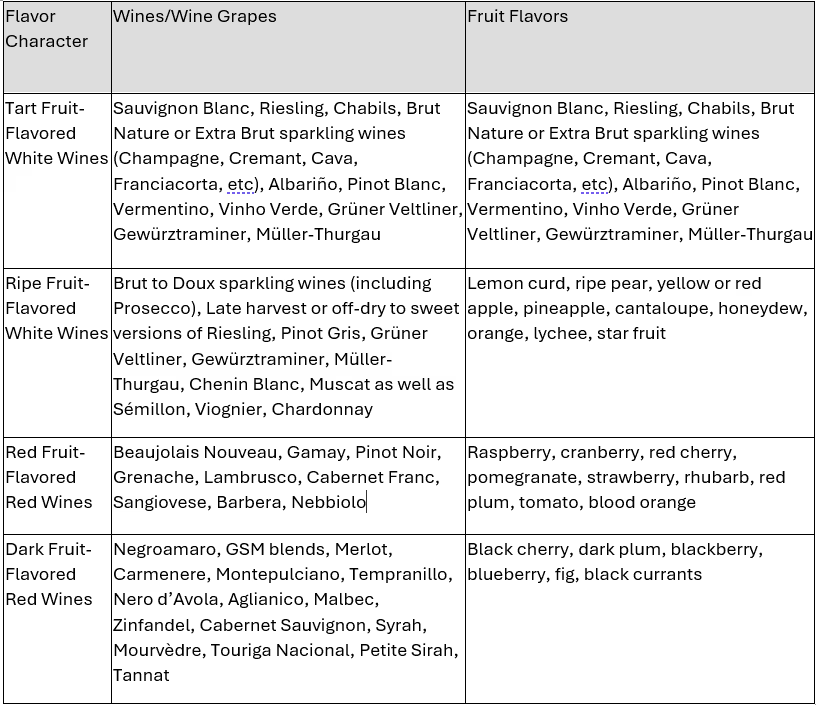What Makes a Fruity Wine?

Almost all wine comes from fruit, specifically grapes, but not all wines are necessarily fruity. In this post we’ll delve into what (and where) makes wines more or less fruity, and map out which wines elicit aromas and flavors of which fruits.
The flavors and aromas of the wines are driven by 3 primary factors - the climate of the area where the grapes are harvested, different wine making approaches, including traditional practices of the regions where the wines are produced, and of course, the variety itself. There are other factors that also contribute, like elevation, soil, vine training, and the aspect of the vines in relation to the path of the sun, but here we’ll focus on just climate, winemaking, and variety.

Climate’s Impact on Fruit Flavors and Aromas in Wine
Climate does not really contribute to the actual fruit you’ll smell and taste in a wine, but it absolutely influences the character and intensity of those flavors and aromas. There is a stark difference between very ripe cherries, plums, or berries, and the tart, unripe versions of those. The more ripe the fruit at harvest, the sweeter and vice versa. You might hear terms like “ripe,” “jammy,” “baked,” “dried,” or like jargon to describe the character of the fruits in wines from warmer climates, while in colder climates, terms like “fresh” or “tart” would be more appropriate descriptors.
Generally speaking, the warmer the climate, the more ripe the flavors and aromas of wine. Why? Well, grapes ripen more easily in climates that are warmer. Think Grenache blends from the Rhone Valley or Zinfandel from the hotter inland regions of California. These grapes are harvested when they are fully ripe and grapes have peak sugar content.

There are still lots of fruit flavors and aromas to be had from wines produced in colder climates, but these flavors and aromas will be characterized more as “fresh” or “tart.” Just as with the positive correlation we noted between warmer climes and riper fruit characteristics, the colder the climate, the more tart the character of the fruit will be in the wine you’re drinking. This is because in cooler climates, grapes struggle to ripen fully before harvest, keeping sugar low and leaving acidity high. More acidity lends to more mouthwatering tart flavor, while less sugar for the yeast to convert to alcohol translates to less alcohol content.

Impact of Winemaking Process on Fruity Wine Aromas
How wine is made also has a big impact on how fruit presents itself in wines. When the grapes are picked, what vessel is used to ferment and/or age the wine, irrigation, fermenting techniques, vine training, and direct intervention all matter. Let’s walk through some of these.
If fruit is the focus, stainless steel will impart nothing on the wine. A lot of white wines and lighter red wines use stainless steel to ferment and/or age wines. Other vessels include cement or clay and these impart different flavors and aromas, but no vessel will have a more powerful impact on the aromas and flavors of wine than wood.
The use of wood seeks, among other things, to impart flavors and aromas that complement the fruit in wine. Aromas and flavors of spices, leather, tobacco, vanilla, chocolate, coconut, caramel, coffee, clove, or smoke all largely come from wood used in making wine. Which oak the winemaker uses, whether it’s used or new, big or small, toasted or not, all make a difference to the flavor profile of the wine.

Perhaps the wine making technique that is most focused on ensuring strong fruit flavors are the star of the wine is called carbonic maceration. The most well known of these wines can be found in the Beaujolais region of Burgundy in France. Gamay is the grape here. The most fruit forward of these are the Beaujolais Nouveau wines that come out on the 3rd Thursday of each year (yes, Thanksgiving for those of us in the US), less than 2 months after harvest. These are fresh, ready to drink wines that are all about the fruit - candied fruits, bright raspberries and cranberries, figs, bananas, almost Jolly Rancher-like. This may sound silly, but this is very popular - about 35 million bottles per year are produced.
Malolactic fermentation or MLF is a technique winemakers employ to convert very tart malic acid into a softer, creamier lactic acid. You might feel a silky velvety texture on your tongue from wines that undergo MLF. This is the source that butter folks talk about in Chardonnay, but it’s used widely for both red and white wines. This will not necessarily add any fruit flavor or aroma to your wines, but it will likely change the character of the fruit, say from tart lemon to a softer lemon curd for instance.
Where the wine is made also has a huge impact on how the fruit shows in the wine. A simple rule of thumb is that Old World Wines (Continental Europe) have more of an austere fruit showing on both nose and palate. The focus on terroir or all of the elements of the environment where the grapes are grown - climate, soils, terrain, and tradition - in the finished product means that the fruit is only part of the equation. Conversely, New World Wines tend to make the fruit the star of the show. Just compare a Cabernet blend from France’s Médoc region (Bordeaux’s Left Bank) to one made in Napa Valley and the difference will be stark; the Napa Bordeaux blend will be much more fruit forward and demonstrate more ripe fruit character just about every time.

Common Fruit Flavors by Wine Grape Variety
While climate, regional nuance, and winemaking practices all have an impact on how fruit presents itself in wines, there are common fruit flavors that generally align with specific grape varieties, as shown below:
Fruit Flavor Characteristics by Wine Grape Used

Certainly some of these grapes sit on the line between tart and ripe or between red and dark fruits. Where the grape sits on those respective meters is a product of all the aforementioned influences. In the end, it’s not just about the grapes. All wines deliver some level of fruit on the nose and palate in a plethora of sweetness levels and textures. The best winemakers understand what they have in terms of grapes, climates, soils, local regulatory requirements, and winemaking tools, and are able to effectively maximize or minimize influences to achieve a specific desired effect. Sometimes the fruit is the star and other times, it’s a complimentary component.
Whatever fruit flavors your palate desires most is a personal preference, but there is really something for everyone in our very wide world of wines.
Uniquely Curated Subscription Plans and Fine Wines by the Bottle
At Occasional Wine, we are passionate about wine and love sharing our knowledge with others so they too can enjoy the pleasures of an exceptional wine.
We offer three different tiers of biannual wine subscriptions, each with curated selections of six wines from six wine regions delivered each Spring and Fall to give you and yours samples of some of the best wines in the world.
We also offer fine wines by the bottle from our private stock, a constantly updated wide selection of top rated wines from around the world.
Stay tuned for more helpful content in finding that next great wine for you, and as always feel free to contact us with any questions.

